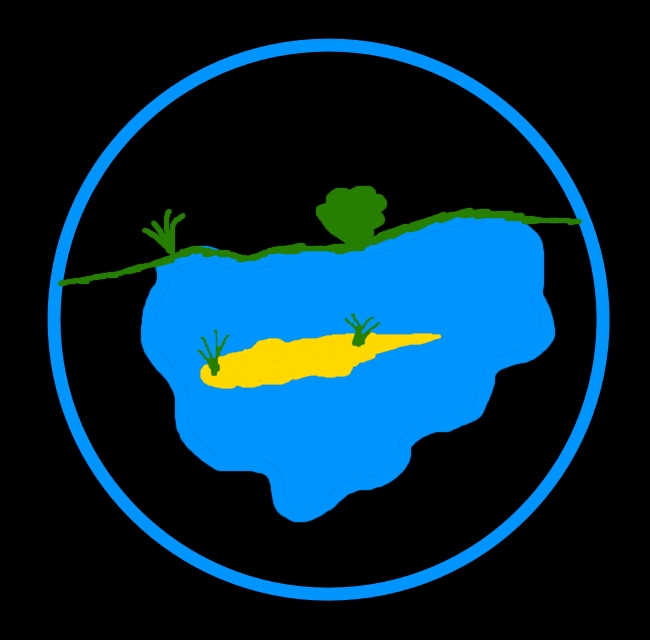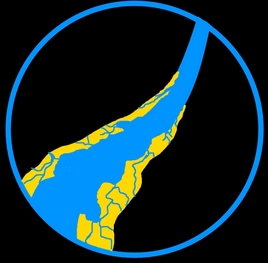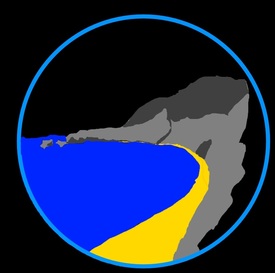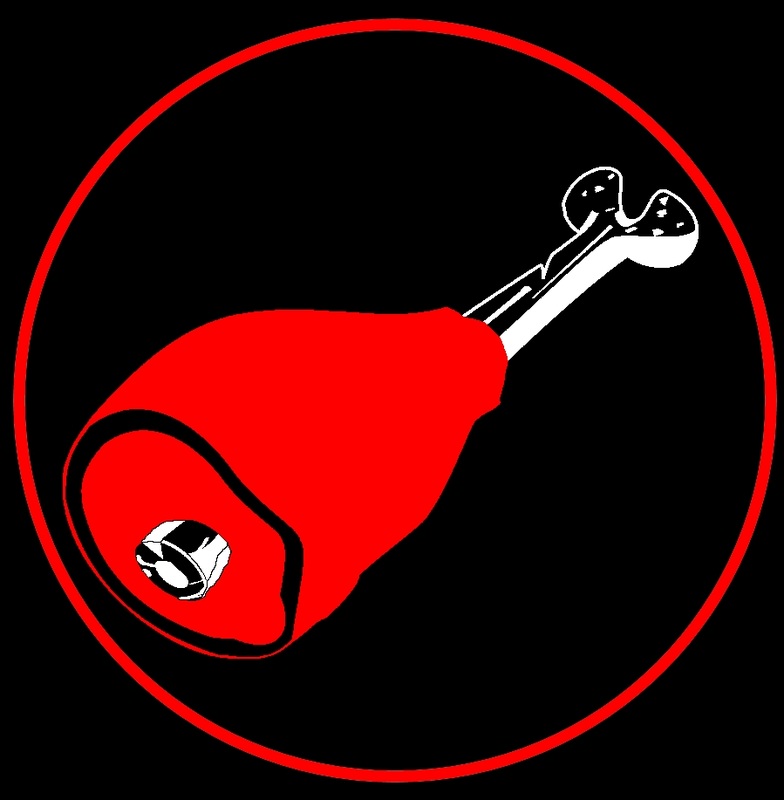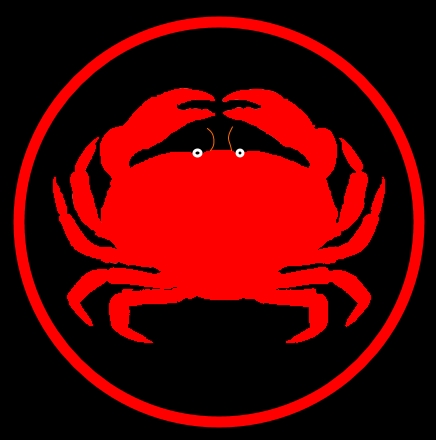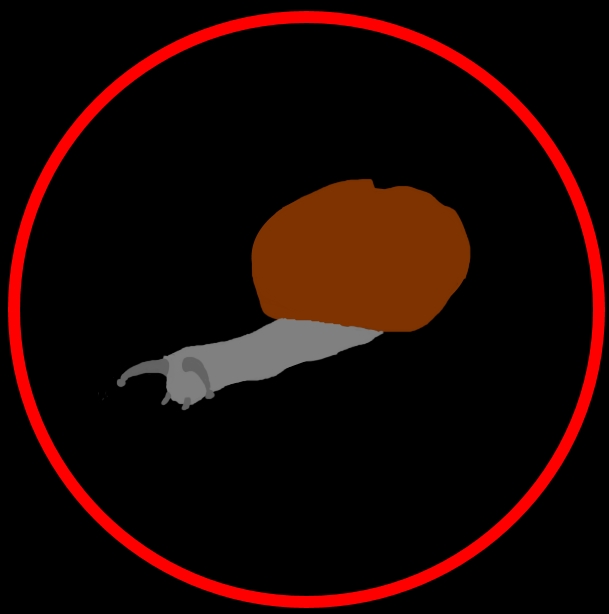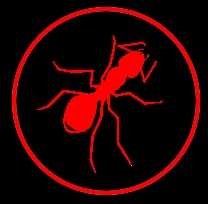Common Shelduck
Tadorna tadorna
Where is it found?
Salt marsh, estuaries and coastlines
Diet and foraging method
Key adaptations
Shelducks have a flattened bill with lamellae for filtering food from mud.
Social organisation and mating system
Flocks
Form monogamous breeding pairs
Did you know that...?
Like other birds, after the breeding season, Shelducks moult and grown new feathers. During this time, Shelducks are particularly vulnerable as they are unable to fly or dive thus form huge flocks at the coast. Some of the most impressive flocks can reach over 100,000 birds and been seen off the German coast.
Taxonomy
Picture credits:
Maps from: http://species.mol.org/species/
"Common Shelduck (Tadorna tadorna) RWD2" by Dick Daniels (http://carolinabirds.org/) - Own work. Licensed under CC BY-SA 3.0 via Wikimedia Commons - https://commons.wikimedia.org/wiki/File:Common_Shelduck_(Tadorna_tadorna)_RWD2.jpg#/media/File:Common_Shelduck_(Tadorna_tadorna)_RWD2.jpg
"Brandgans (Tadorna tadorna)" by Neokortex - Own work. Licensed under CC BY-SA 3.0 via Wikimedia Commons - https://commons.wikimedia.org/wiki/File:Brandgans_(Tadorna_tadorna).jpg#/media/File:Brandgans_(Tadorna_tadorna).jpg
"Common Shelduck (Tadorna tadorna) RWD2" by Dick Daniels (http://carolinabirds.org/) - Own work. Licensed under CC BY-SA 3.0 via Wikimedia Commons - https://commons.wikimedia.org/wiki/File:Common_Shelduck_(Tadorna_tadorna)_RWD2.jpg#/media/File:Common_Shelduck_(Tadorna_tadorna)_RWD2.jpg
"Brandgans (Tadorna tadorna)" by Neokortex - Own work. Licensed under CC BY-SA 3.0 via Wikimedia Commons - https://commons.wikimedia.org/wiki/File:Brandgans_(Tadorna_tadorna).jpg#/media/File:Brandgans_(Tadorna_tadorna).jpg

